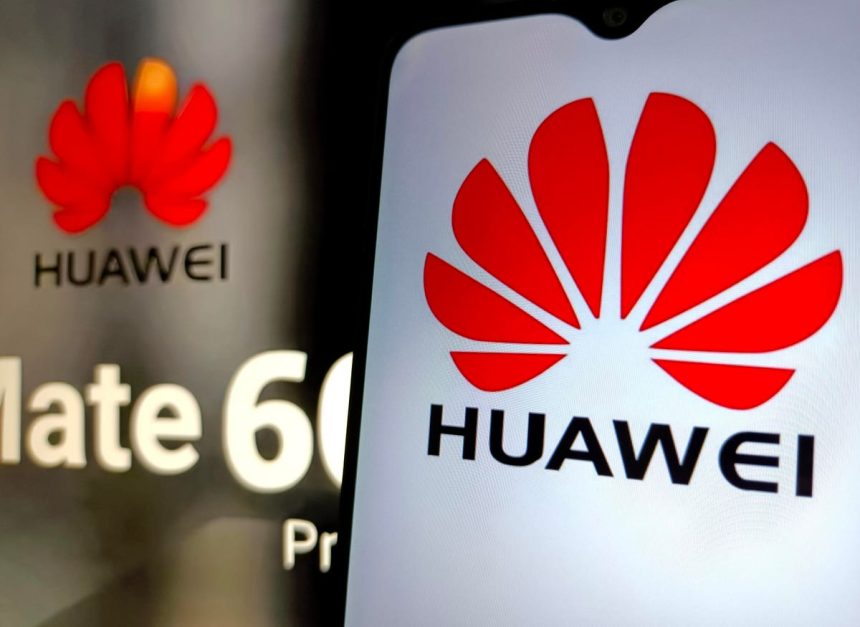Huawei’s new phone contains an advanced chip that represents a new technological peak for China. Despite being the target of some of the strictest American sanctions, the development has caused a stir in Washington, D.C. There has been extra attention on the issue given the White House’s focus on limiting Beijing’s ability to develop a native advanced semiconductor industry, most prominently through export controls announced last October.
Before Huawei’s announcement, there was already an understanding that the U.S.’ export control regime was imperfect. Foreign Policy outlined how several known loopholes exist, including smuggling chips into China from neighboring countries or via shell companies. This black market is somewhat of an unavoidable pitfall in the American sanctions regime, given its reliance on other countries to police their borders. Huawei is even reportedly creating its “shadow manufacturing network that would let the blacklisted company skirt US sanctions,” per Bloomberg. The idea behind this scheme is these subsidiaries would not have clear ties to Huawei and thus be able to acquire equipment and technology that the business could not otherwise legally obtain.
Given these gaps in the sanctions, Huawei’s return to the 5G smartphone market was likely a matter of time, but this is not the most problematic part for American officials. How China’s Semiconductor Manufacturing International Corporation, a partially state-owned enterprise, made the semiconductors is more concerning. Center for Strategic & International Studies experts believed the 7 nm level was unachievable without access to specific restricted equipment from ASML, the world’s leading semiconductor lithography equipment maker. SMIC had claimed it reached this point before the U.S.’ export controls last October, the Asia Times reported, but Huawei’s phone is the first time a chip made using SMIC’s 7 nm process is seeing public use.
For all of the celebration of the achievement from Chinese official media outlets, like the Global Times newspaper, questions still linger about how real this apparent breakthrough may be. For one, Huawei’s phone sold out in hours, which some have seen as a sign of a limited inventory. If this is true, then it begs the question of whether SMIC can produce the chips at scale reliably. In addition, there are uncertainties over SMIC’s ability to get past this barrier to current leading-edge semiconductors without access to the necessary tools, particularly ASML’s lithography machines. The 7 nm chips in question are equivalent to chips used in Apple’s
AAPL
In light of this news, there are questions about whether the Biden administration may adjust its semiconductor export control to inhibit China’s development further. National Security Advisor Jake Sullivan said in a press briefing that the White House is waiting for “more information” about the chip’s “character and composition.” This wait-and-see approach is not shocking, given the uncertainty. An official investigation has started at the Commerce Department, but no other actions have been announced. A likely first part of any response is increasing enforcement of the regulations to minimize the amount of equipment reaching China. This response would also likely include encouraging allies to step up their efforts to enforce their semiconductor export controls.
How long the Biden administration will be able to sustain this cautious approach will depend heavily on the political reaction as more information on the chip is released. Calls from Republican China hawks have already emerged for expanded export controls and investigations. Continued inaction from the White House risks seeing these calls turn into attacks on President Joe Biden for being soft on China. In the current U.S. political climate, being tough on China is one of the few areas of bipartisan agreement. It is also popular among voters, a majority of whom held an overwhelmingly negative view of the country in a recent Pew Research Center study. To mitigate these attacks and minimize electoral vulnerability, Biden may have to pursue a more hawkish strategy than he otherwise would have. This response would not necessarily have to be semiconductor export controls. Still, it would have to be related to decoupling in advanced technology sectors to indicate the seriousness of how the Biden administration views the issue.
One possible avenue for this response would be finalizing last October’s export controls. These completed rules have been reported to come with an expansion of the limits for chips with AI applications and could also limit the ability for cloud service providers to lease to Chinese AI companies, The Wall Street Journal noted. The timing of this is in flux but may now be delayed if there are other steps that the White House wants to take in light of Huawei’s announcement. It is also possible that the Biden administration just pursues more restrictions on Huawei and SMIC. No action will create a perfect blockade, but the White House cannot back down, given the domestic political climate.
Read the full article here




